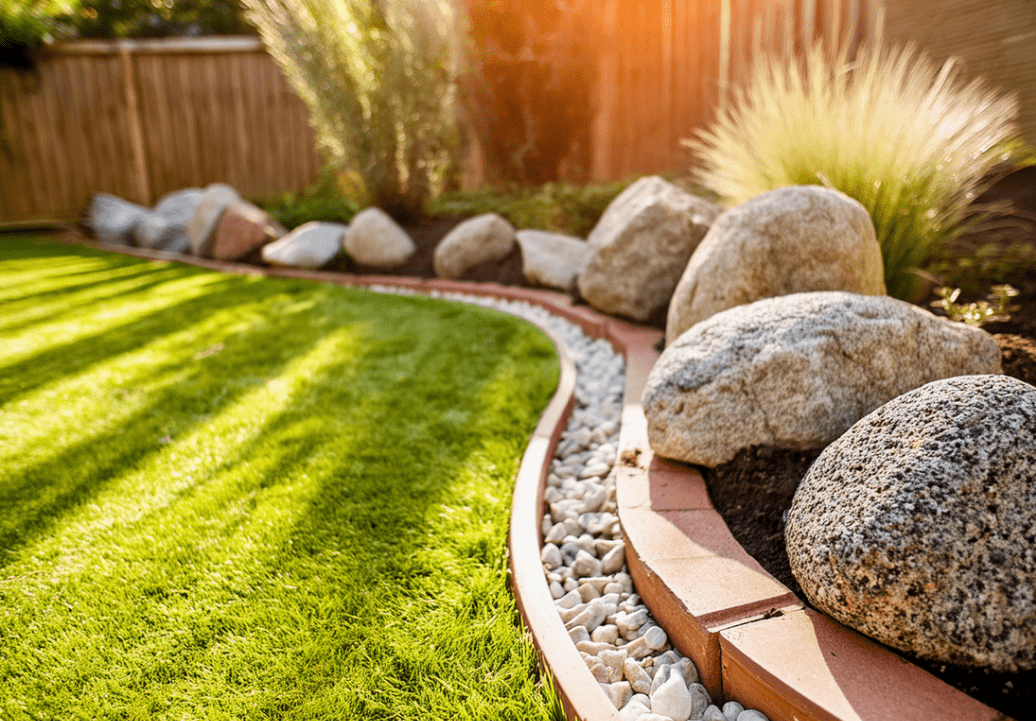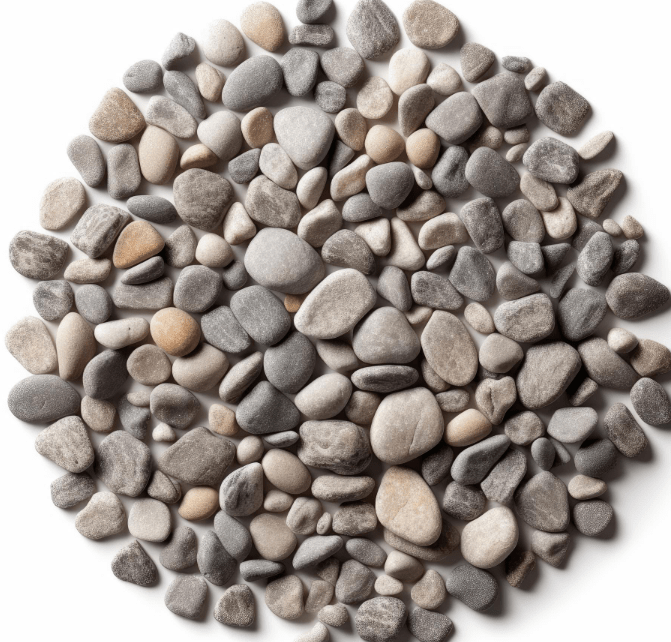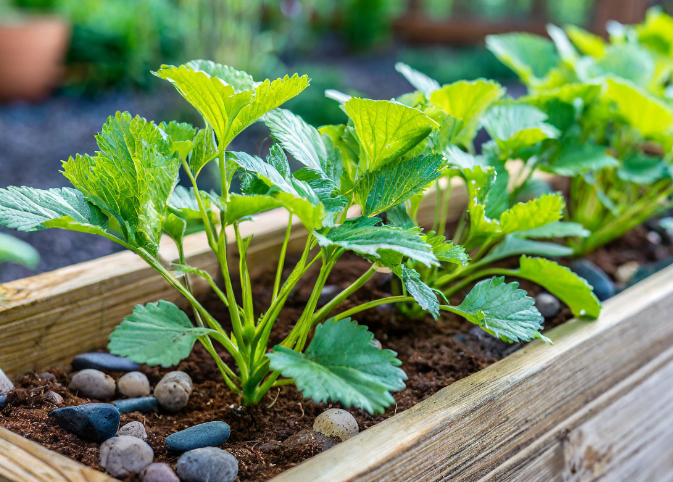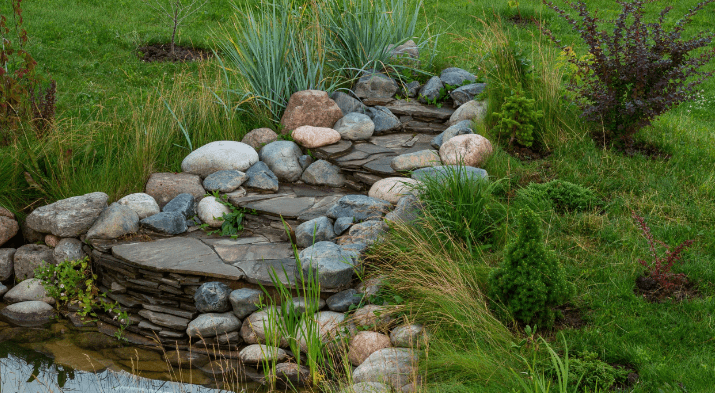
A sprawling garden filled with lush greens, grass, trees and vibrant blooms is every homeowner’s dream.
However, sometimes the most serene outdoors’ ideas are those ideas that embody simplicity and natural beauty.
Enter the river rock garden – an understated yet striking feature that brings inspiration and the peacefulness of nature right into your backyard.
Here are ten more ideas for river rock garden ideas to give inspiration and inspire your DIY oasis project.
1. The Whimsical Rock Path
Set a magical tone in your garden with a meandering river rock path. Full of charm, these pathways invite exploration and can highlight key features such as a bench or a bird bath.
To craft these paths, dig out the desired route, lay landscape fabric, and then begin placing river rocks of various shapes and sizes.
The result is a path that winds gently through your garden, offering a tactile connection to the earth with each step.
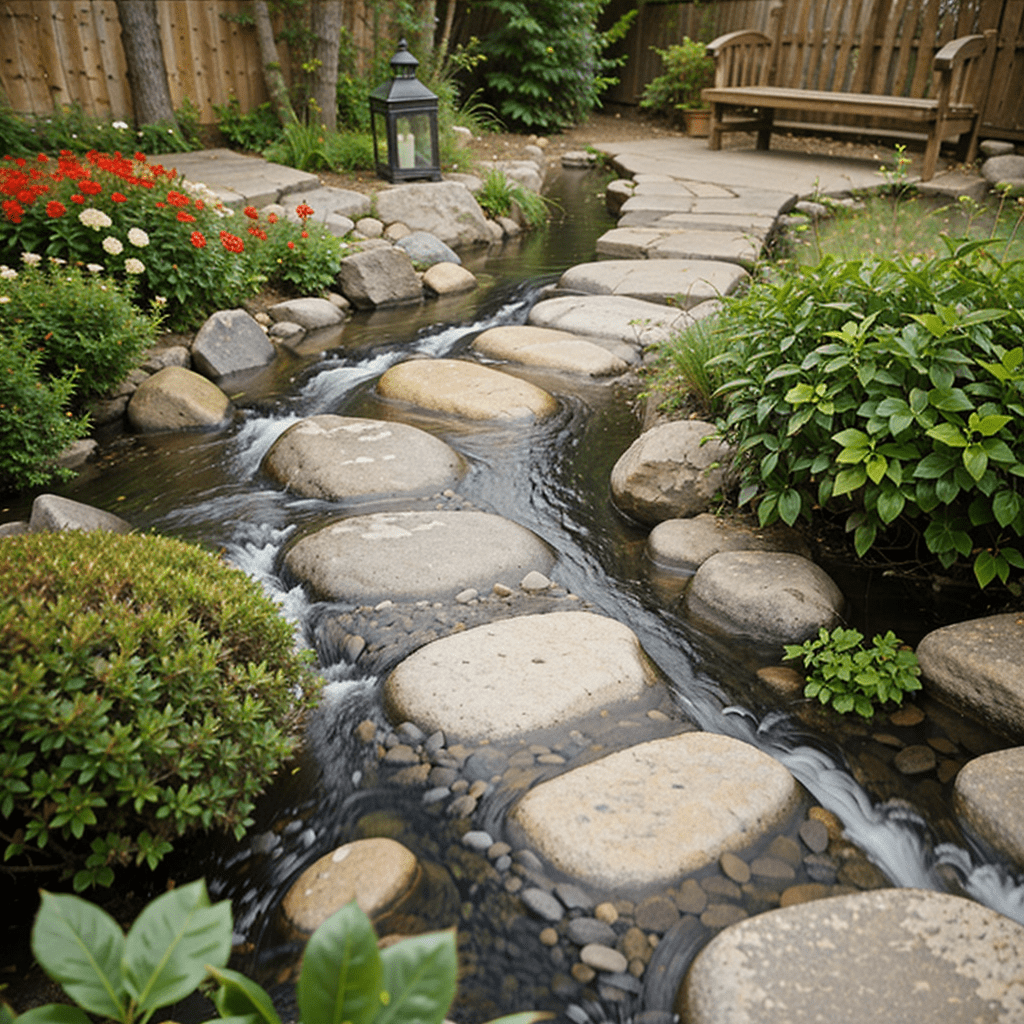
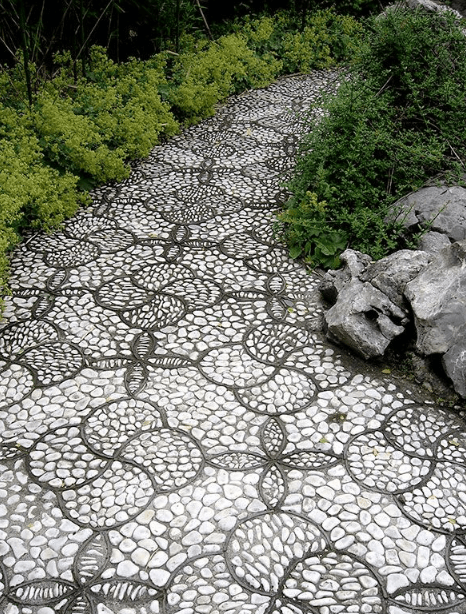
2. A Rock Garden Water Feature
Trickling water will enhance any flowing river design. Use a full river rock landscaping water feature to create a relaxing peaceful background.
For something simple, you can build a single-tiered fountain, like a stacked river rock design. Or you can get more elaborate by designing a cascade.
Either way will produce an aural and visual harmony that make your garden a private sanctuary.
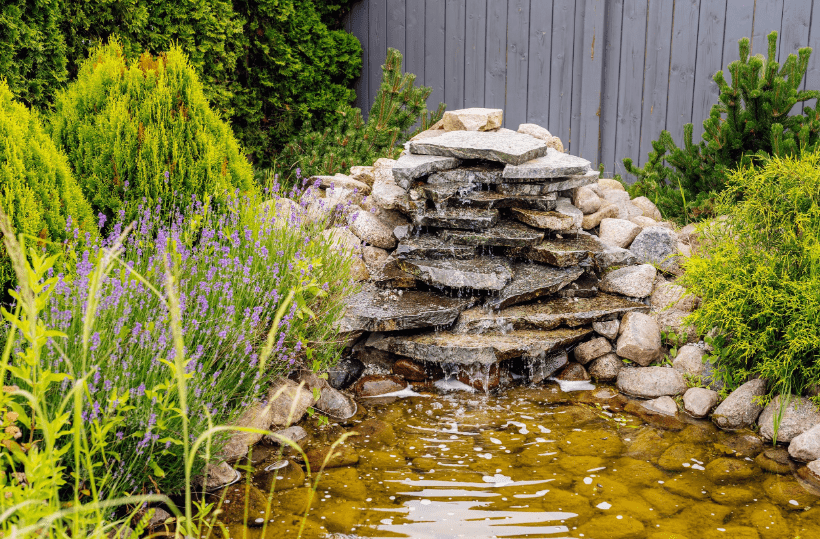
3. Edging with Elegance
The edges of garden beds and lawns can become lackluster without the right edging or framing. River rocks provide a naturalistic barrier between different sections of your yard or garden that’s both functional and visually appealing.
Their smooth, round shapes contrast beautifully with the textures of plants and grass, making the borders of your yard or garden pop.
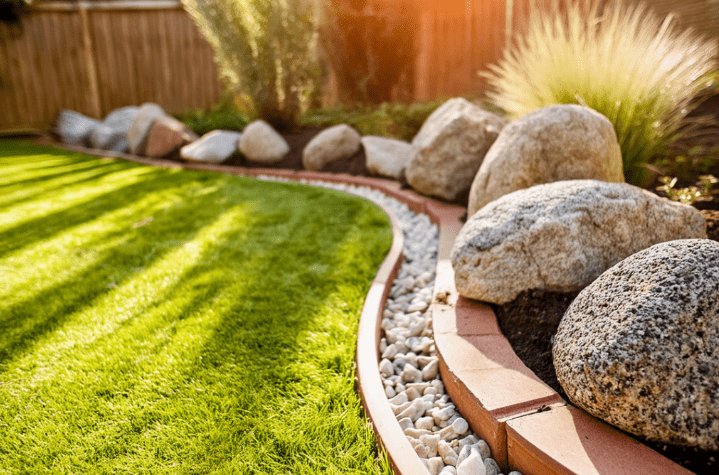
Plus, they’re much more durable than typical wood or plastic edging materials.
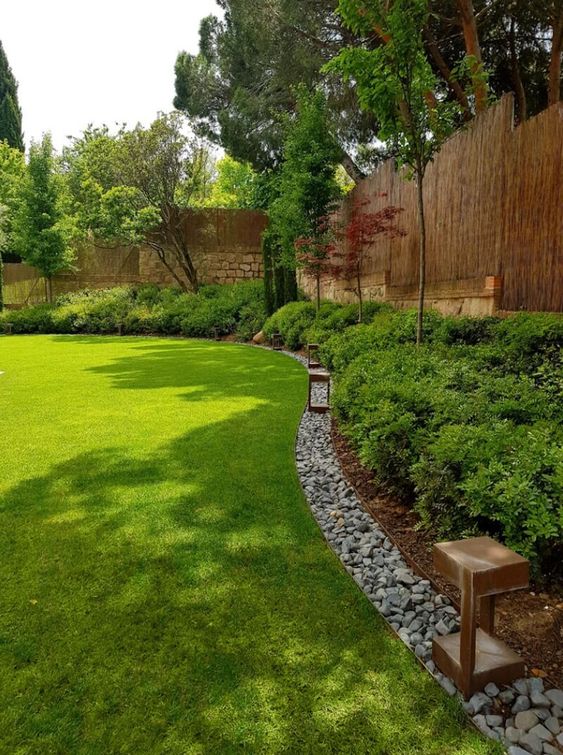
4. River Rock Mulch
Using river rocks as mulch in your garden is a great option for the lazy gardener wanting an alternative to more conventional mulches.
They suppress weeds, conserve moisture, hold soil in place – and give a garden bed a pulled-together look and feel.
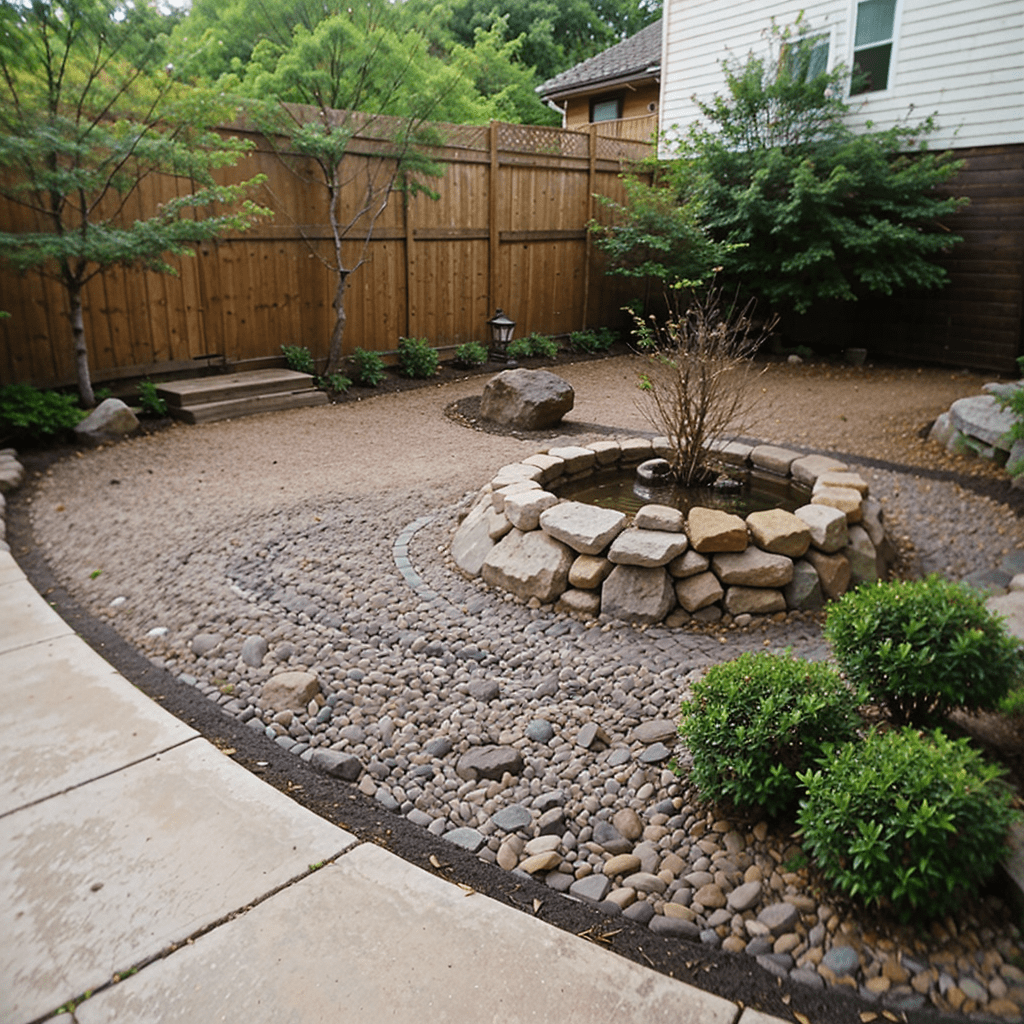
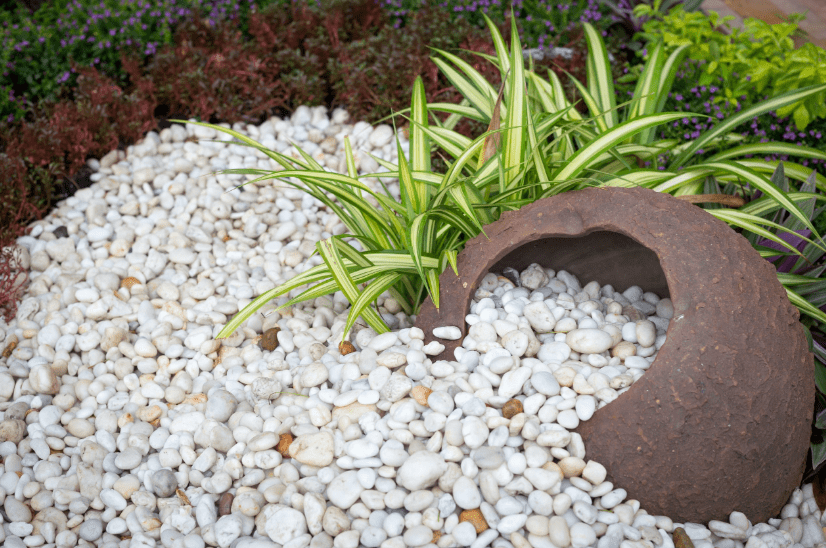
Scatter them in a layer three or four inches deep to cover the earth, to form a nice natural mosaic under your open sky.
5. The Zen Rock Garden
Invoke the calming principles of a Japanese Zen garden by incorporating river rocks into a minimalistic, balanced design.
Often arranged alongside statues or larger stones, these pebbles can represent water or island-like features.
Raked into patterns that mimic the ripples of water, the river rocks in a Zen garden are an invitation to contemplate the serenity and balance in nature.
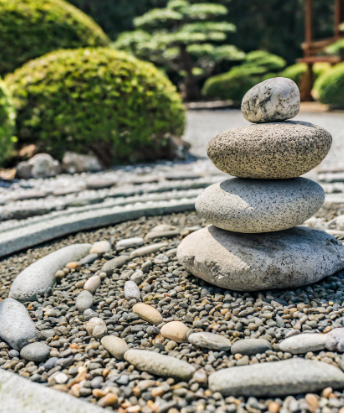
6. Rock-filled Gabion Walls
Gabion block walls, typically filled with stone or rock, bring a contemporary twist to using river rocks in the garden.
They’re constructed by filling wire cages with river rock and stacking them to the desired height.
Gabions block they are not only visually striking but also incredibly durable, making them an exceptional solution for creating retaining walls, garden dividers, or simply as a modern garden sculpture.
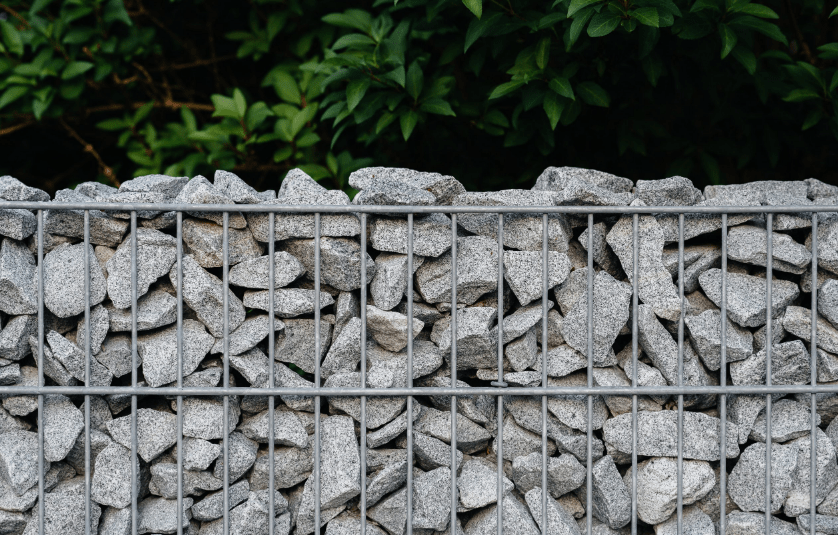
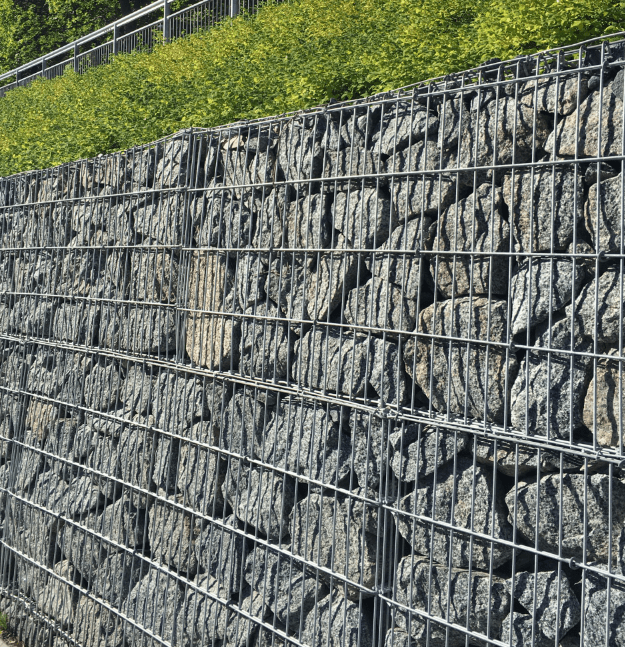
7. A Fire Pit in the River Rock Circle
Nothing brings families and friends together quite like gathering around a fire pit. Enhance your outdoor experience by surrounding your fire pit with a ring of river rocks.
This helps the vines to settle in sustainably and also acts as a firebreak.
This has meaning to the proximity, as the rock circle will absorb heat, and radiate warmth into the space after the fire itself is extinguished.
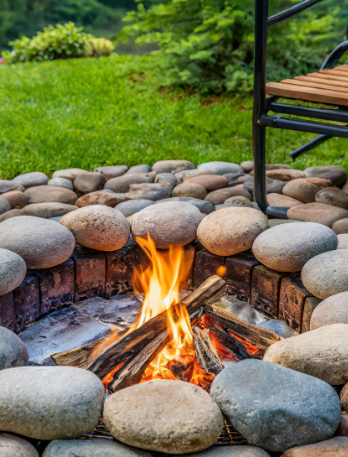
8. A Dry Creek Bed
A dry creek bed can be as effective a solution as it is a beautiful addition to your garden. It can wind around your landscape or provide the focus for an entry point to a river rock bed.
Dig out the creek bed (at least two tiers deep), apply some landscape fabric to keep weeds and silt out of the rockery, and fill it with river rocks to create your dry river.
Movement in the garden can make the absence of rain feel much less frustrating.
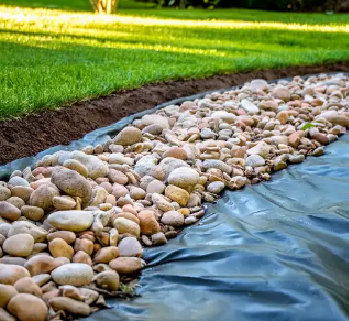
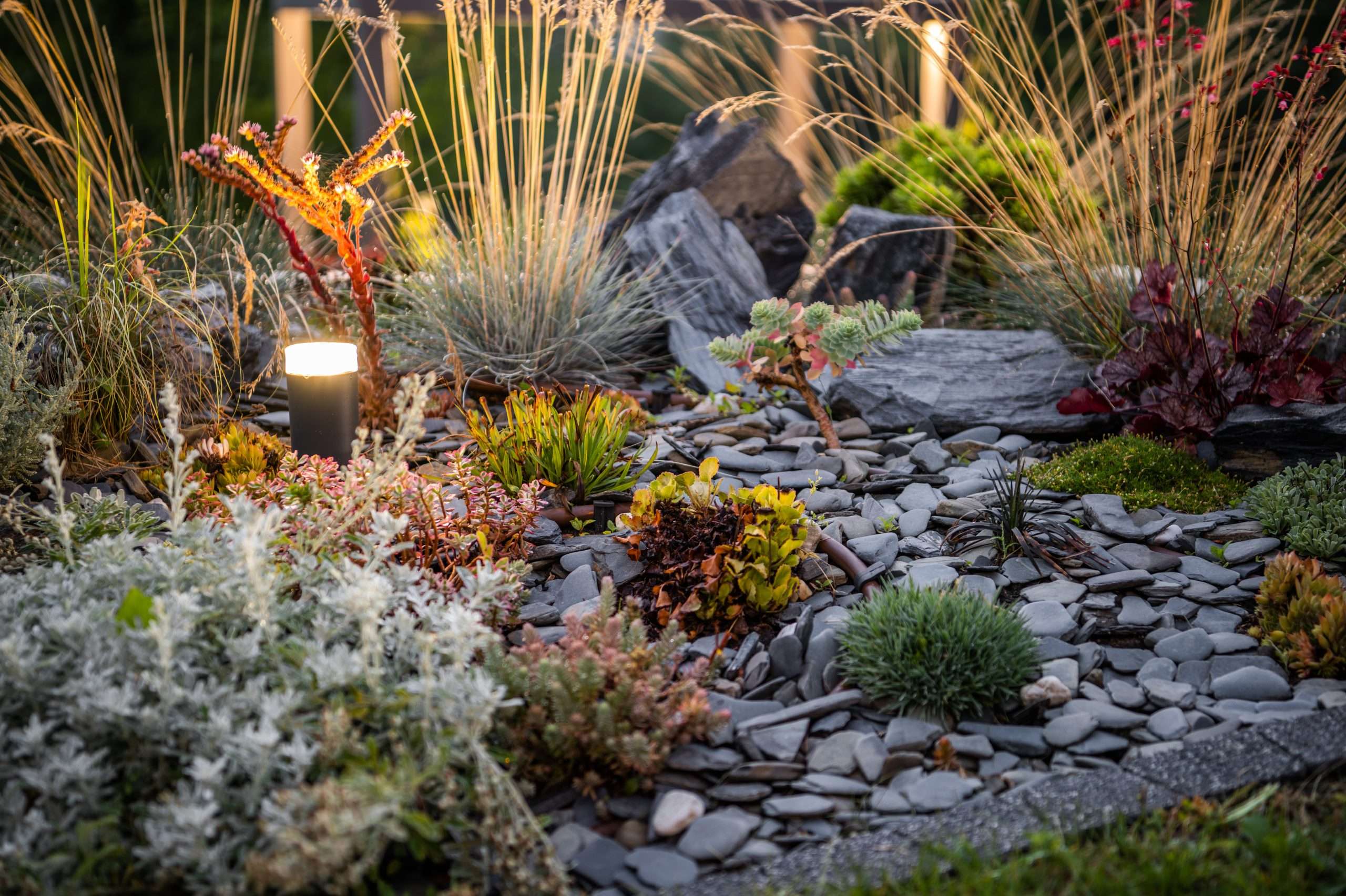
9. Rocking Your Raised Beds
Elevate the classic raised bed with the addition of river rocks.
Aside from providing a smooth texture and handsome visual contrast, they also insulate the soil and moderate temperature – which is an advantage for those plants with deep roots.
Their heft also affords a certain resistance to the elements, and this is a handy, handsome choice for any gardener who wants to amp up their vegetable patch or floral accoutrement for spring and summer into autumn and beyond.
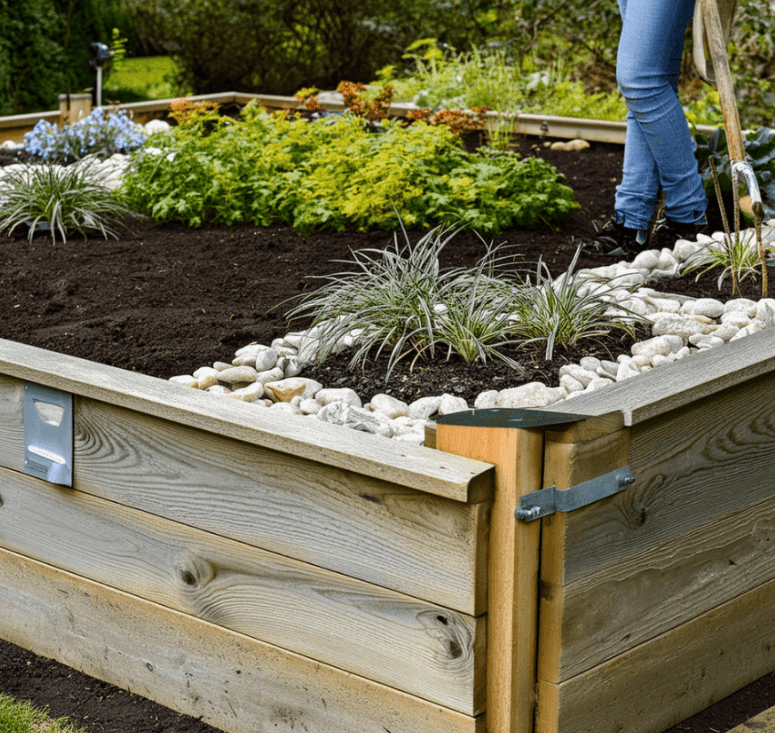
10. Tables and Chairs Amongst the Rocks
You might, for example, fashion an outdoor table or a stone-seated bench from river rocks, which are ideal for meal or relaxation spots in your new oasis.
If you are feeling particularly creative, you could even sculpt and fashion solid and weather-resistant outdoor chairs and sun beds.
Decorating sites where you will sit and relax with such solid pieces of nature would only contribute to your newfound outdoor serenity.
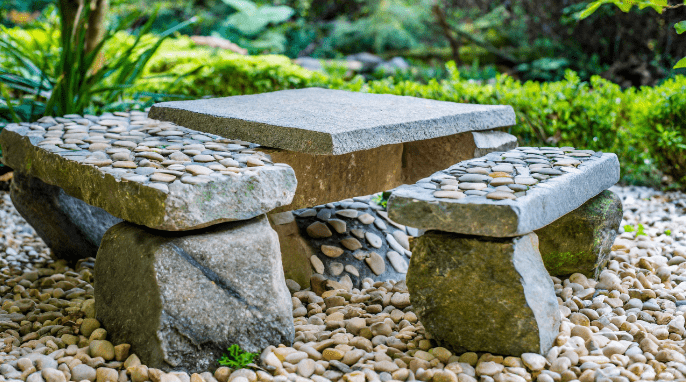
Timeless Tranquillity in Your River Rock Garden
Their tactile link with the earth and water, combined with their multifunctionality, makes river rocks the perfect match for those who want to create an outdoor refuge.
Integrated into landscaping as features, or simply displayed in forward-facing groupings, river rocks can add touches of natural harmony to your garden.
From these ideas, you’ll be able to transform your garden into a space that instantly transports you from the outside world to a Zen-like atmosphere dedicated to the art of beauty.
Is river rock good for gardens?
River rock isn’t just a pretty face for your garden; it’s super practical too.
It’s tough and easy to maintain, and easy to incorporate into almost any garden design.
River rocks, unlike most ‘organic’ mulch, won’t break down and disappear on you, so usually you don’t have to keep putting more on top of it every year.
That saves you some dough, too.
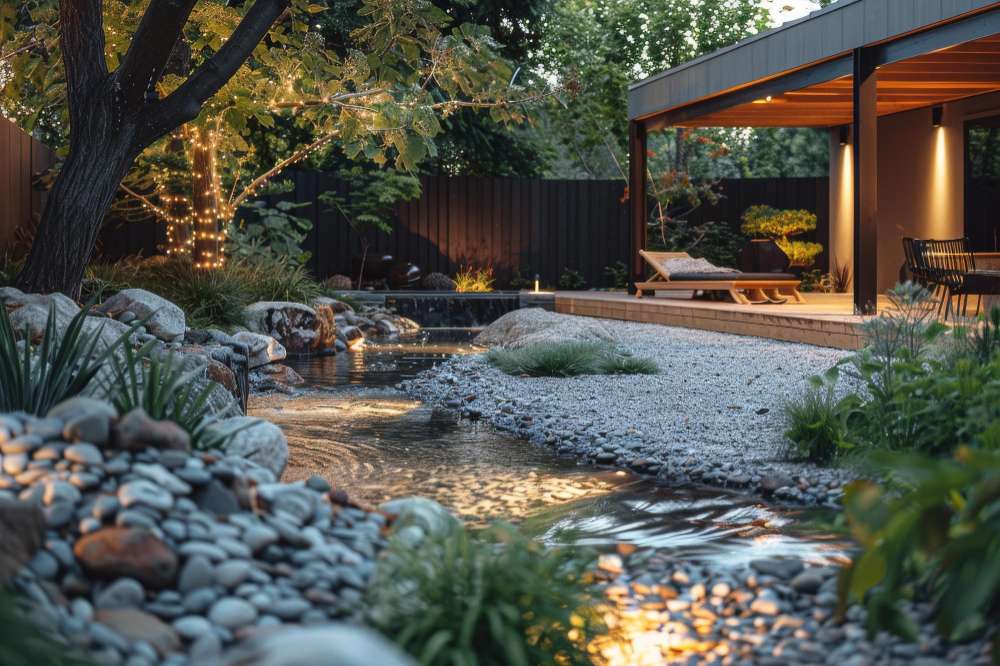
Besides, they’ll keep your soil moist and help keep weeds down – less of your garden will be a chore.
But they absorb a lot of heat, which might not be ideal news for plants that don’t love spring thaw.
Used wisely, river rock can amp up the health and look of your lawn and garden, making them a top-tier choice for many outdoor settings.
What looks good with river rock?
A beautiful landscape involves more than just drawing and utilising river-rock designs.
This will give the yard, landscape and garden a more natural feel when adding plants like succulents, ground covers, ornamental trees and grasses.
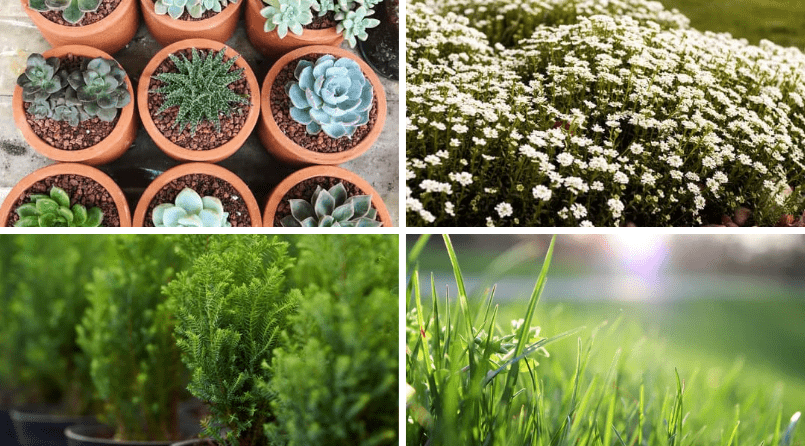
And perennials such as lavender or sedum can be planted to lend a splash of colour, and to attract birds and insects to make it sing.
Having a handcrafted cutting board, a wooden bench or a sculpture made from metal turns the patio into a hospitable outdoor space.
When one places such particulars carefully, these come together as a patio or a space for hanging out.
What do you put down before river rock?
Before laying river rock, it’s crucial to prep the ground for a great, weed-free area. First, clear any weeds or grass.
Then, lay out landscape fabric over the soil, overlapping edges by 6 inches to block weeds. The landscape fabric lets water through but keeps soil, grass and rocks separate. Secure it with stakes or garden staples.

A pro tip: Add a 2-3 inch layer of sand on the fabric for a nice, solid river rock base, ideal for high-traffic areas or under large stones to prevent sinking.
Finally, spread the river rocks over your prepared lawn area, about 2 to 4 inches thick, to cover the fabric and complete your backyard landscape color and project.
Does river rock retain heat?🔥
River rock retains heat, which can benefit gardens by creating a unique microclimate that extends the growing season in cooler climates.
However, in hot climates in summer, this retained heat may stress certain plants.
Choosing lighter colored river rocks can help minimize heat absorption in warmer environments.

